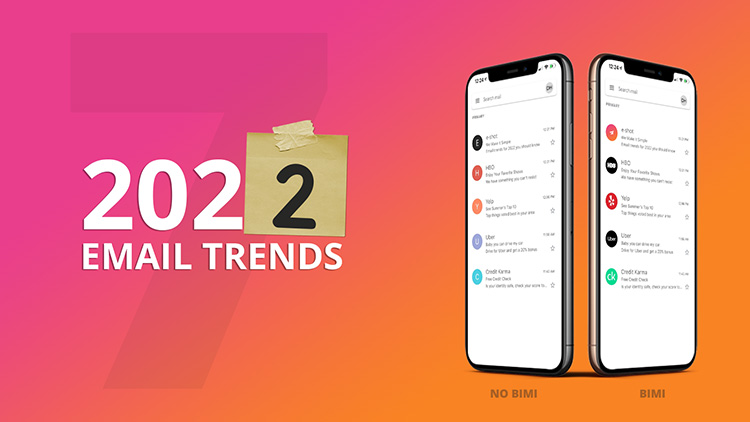Blog
CATEGORY: Public Sector
Retaining resident engagement in 2022
.jpg)
I have to start this piece by acknowledging we are not actually out of the Covid-woods yet – however we are now moving into a more stable period where fluctuating crisis-comms are not defining the agenda.
But as we move into this new phase there are a variety of considerations that must be taken seriously as we progress into 2022.
Whilst the deeper meaning of the comment that Paul Bates, Director of Strategy and Communications for London Borough of Lambeth made, during the Public Sector Engagement and Communication Conference, organised by Inside Government,
“When can we get back to talking about the bins again?”
can’t be ignored, as we all long for ‘normality’ to return, the public sector as a whole must ensure that it doesn’t turn its back on some of the more positive developments and learnings that the last two years have provided.
5 key challenges for public sector communicators in a post-pandemic Britain
1. Increased audience/channels
Covid increased adoption speed of digital channels and residents have turned to their authorities to be informed, as the dubious spread of misinformation caused many to seek out reliable sources.
The programme to migrate and maintain contact with these people on-going needs to be the first consideration and ensuring that the contact preference management not only represents the information that you need to send out, but also the interests and needs of the audience that will be receiving them.
Whether you are looking to migrate to an “emergency contact” type group or approach the contacts to revise their preferences and engage with other content that is being routinely sent – this will depend on your circumstances and the legal basis for processing that was originally applied to those contacts – but one thing is for sure, to write them off entirely without further consideration would be a missed opportunity.
2. Maintaining increased engagement
Recent times have been unsettling, heart wrenching and in no small part all-encompassing. It impacted virtually every aspect of everyday life to a degree that has not been experienced since, arguably, WW2. There were updates and messages on a daily basis and the need and urgency to engage with these communications, to stay informed, was palpable. However, now there is a new challenge. The urgency is diminished and the original reason that many signed-up is now no-longer the headline message.
Offering similar challenges to retaining the increased audience numbers, maintaining that audience engagement is paramount. But, as private sector marketers have championed – getting the “right message to the right people at the right time” is key, but to achieve this you need to understand your audience and give them the opportunity to self-select the information that they want to hear. Whilst your preference centre is the best way to achieve this, it is necessary to have a preference centre that is navigable and understandable by your external audience.
We talk more about preference centre creation and data management in our dedicated article and share the learnings we have made by supporting our customers as they reviewed their taxonomy and contact management plans.
3. Importance of Internal comms
Internal comms shone throughout the pandemic, providing the link between the frontline and the central advice, along with playing a pivotal role within the community of peers supporting not only knowledge transfer but supporting the human element as well. Whether wellness was the focus or simply the knowledge that there were others equally struggling and rising to challenges they didn’t imagine they could have.
The change in working patterns, remote and hybrid working increasing can lead to a disjointed workforce, so a shift was required as organisation culture and employee engagement moved to a digital sphere.
The growing remote workforce meant a strong communication strategy focused on frequent and reliable updates across all departments was more important than ever before. Culture, community and connection came through increased employee-generated content, focus on ‘wellness’ and “human interest” stories shared throughout organisations.
Summed perfectly up by LGA
“Internal communications can only reflect and reinforce what is happening within an organisation. Senior leaders sharing clearly defined priorities helps to keep everyone on the right track. Showing the human side of leaders – both at officer and political level – can help increase motivation and encourage staff to feel part of a team.”
4. Collaboration (with partners and breaking down silos)
It is impossible to ignore the high level of misinformation online from less that reputable sources. It is here that real people can make a difference in online community groups and in person. Trusted spokespeople within the community who are able to amplify the reach and acceptance of the genuine information, people that share real advice and are listened to as a result.
Residents’ surveys are an excellent way to including people in the conversation and to provide data that can be used for real change. You have to start from somewhere, but this first contact is your benchmark to start from to show value. Evidence enables action.
Trust is key and the evidence from explaining why an action was worth doing, or better still how that action resulted from local demand “You said, we did” works to build that trust and demonstration of a two-way relationship. Better still being able to demonstrate "What difference did it make?", again using local spokespeople and anecdotal community evidence can further enhance this. Ongoing evaluation to learn and improve.
Use insight, experience and local contacts to build bridges within the community and use the latest trends to cross the bridges we make. Feedback and engagement with the issues that resonate can further collaboration.
5. Moving the emphasis from Authority to Local
It is becoming apparent that there needs to be a move towards resident-centric communications and communication management – learning the lessons of customer-centric communication that is key for B2B and B2C marketeers.
By becoming part of the community it is possible to achieve insights you might not have otherwise found. Also, by using local knowledge to understand what motivates residents and this can then feed back into your communications and help build and retain engagement.
Solutions
Email marketing healthcheck
We are confident that we can help you, which is why we offer a free healthcheck to identify potential issues with your current programme and free advice on things that could be done to improve it.


.png)